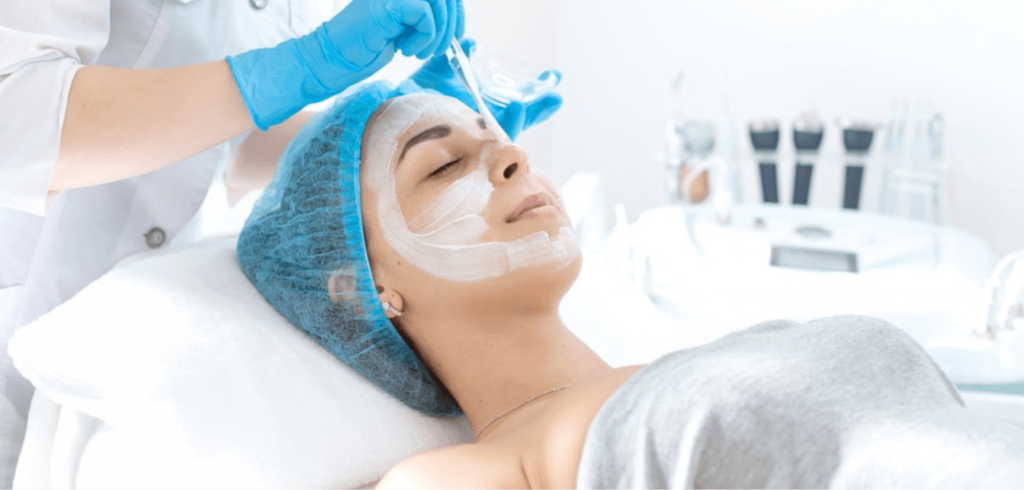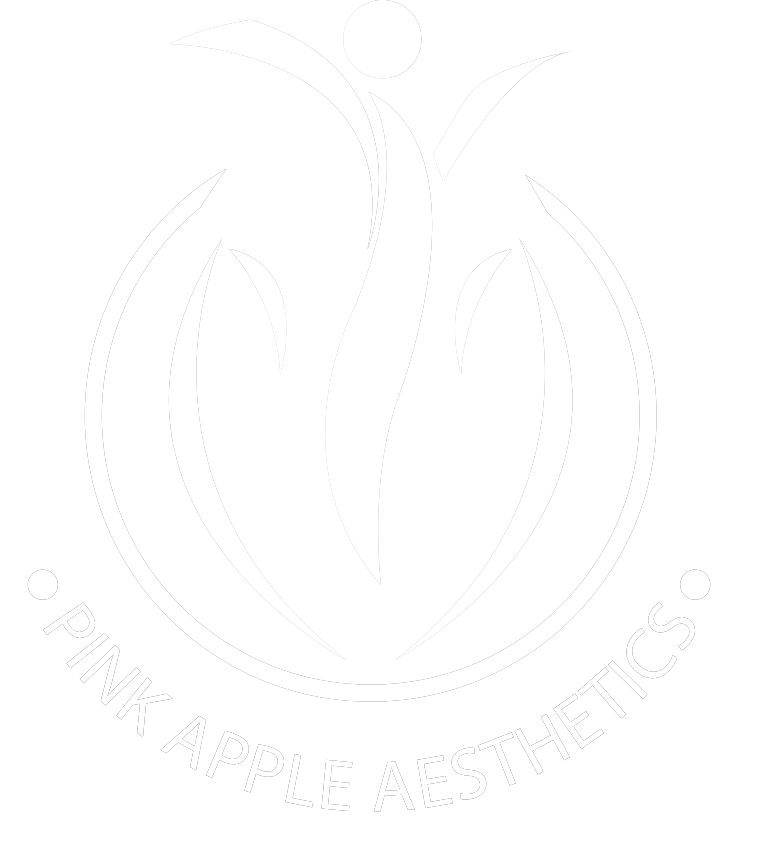What is a Chemical Peel?
In a chemical peel therapy, the top layers of the skin are removed by applying a chemical solution to the skin. The skin that regenerates is softer and cleaner. You may need a light or medium peel to obtain the desired results.
Face scars, wrinkles, and discoloured skin are often treated with the proper application of chemical peels. The procedure may be carried out as a sole skin treatment solution or be coupled with other cosmetic operations. They may also be carried out at various depths, ranging from light to profound. Deeper chemical peels provide more dramatic effects but also need more time to heal.

Types of Chemical Peel
There are three different chemical peel depths available, and you'll pick one based on the
concerns you want to fix.
Light or superficial peels
Alpha-hydroxy acid is used to exfoliate the upper skin layer gently. The procedure enhances the look and cleans the face, body, chest, or hands with slight skin discolouration and rough skin. It takes up to seven days for complete healing.
Medium peels
It can treat ageing marks, wrinkles, fine lines, freckles, and skin discolouration. Skin middle layers are exfoliated using acids such as glycolic acid. It makes the removal of damaged skin cells more effective. Healing takes seven to 14 days. Initially, infected skin may turn red and swollen. Stop any exposure to the sun until the cure is complete.
Deep peels
In this method, the solution penetrates the middle layer of the skin to remove damaged or distorted skin cells; phenol or trichloroacetic acid is often used in these peels. Healing takes 14 to 21 days. Dressing of the treated area is done with bandages. This will include multiple follow-up visits to track progress.
How to Prepare for Chemical Peels
Find a cosmetologist/dermatologist who understands the skin and the treatment. The effectiveness of a peel varies from case to case and often depends on the skill of the individual doing the procedure. Incorrect application of a chemical peel increases the risk of infection and scarring.
Most likely, your doctor will conduct the following before prescribing a chemical peel:
Check your medical records:
If you are questioned about your health, medicines, and prior or ongoing cosmetic treatments, you should be well-prepared to answer these queries.
Conduct physical examination:
The peel that would be most effective for you and how your unique physical characteristics, such as skin tone and thickness, might influence the outcome will be discussed in detail once your doctor examines your skin and the treatment region.
Discuss procedure expectations:
Share your goals, fears, and hopes for the future with your medical professional. Know what to expect in terms of how many treatments you may need, how long recovery may take, and the outcome.
Conclusion
Chemical peels are secure under a board-certified dermatologist, registered healthcare practitioner, or qualified skincare expert. As indicated by your doctor, you must obey pre-and post-peel directions. Sun exposure and cigarette smoking must be stopped after a chemical peel as they can cause unintended side effects, including inflammation and scarring.
For Enquiries and Online Appointments
For more detailed information about Chemical Peels, please send us a message today.

